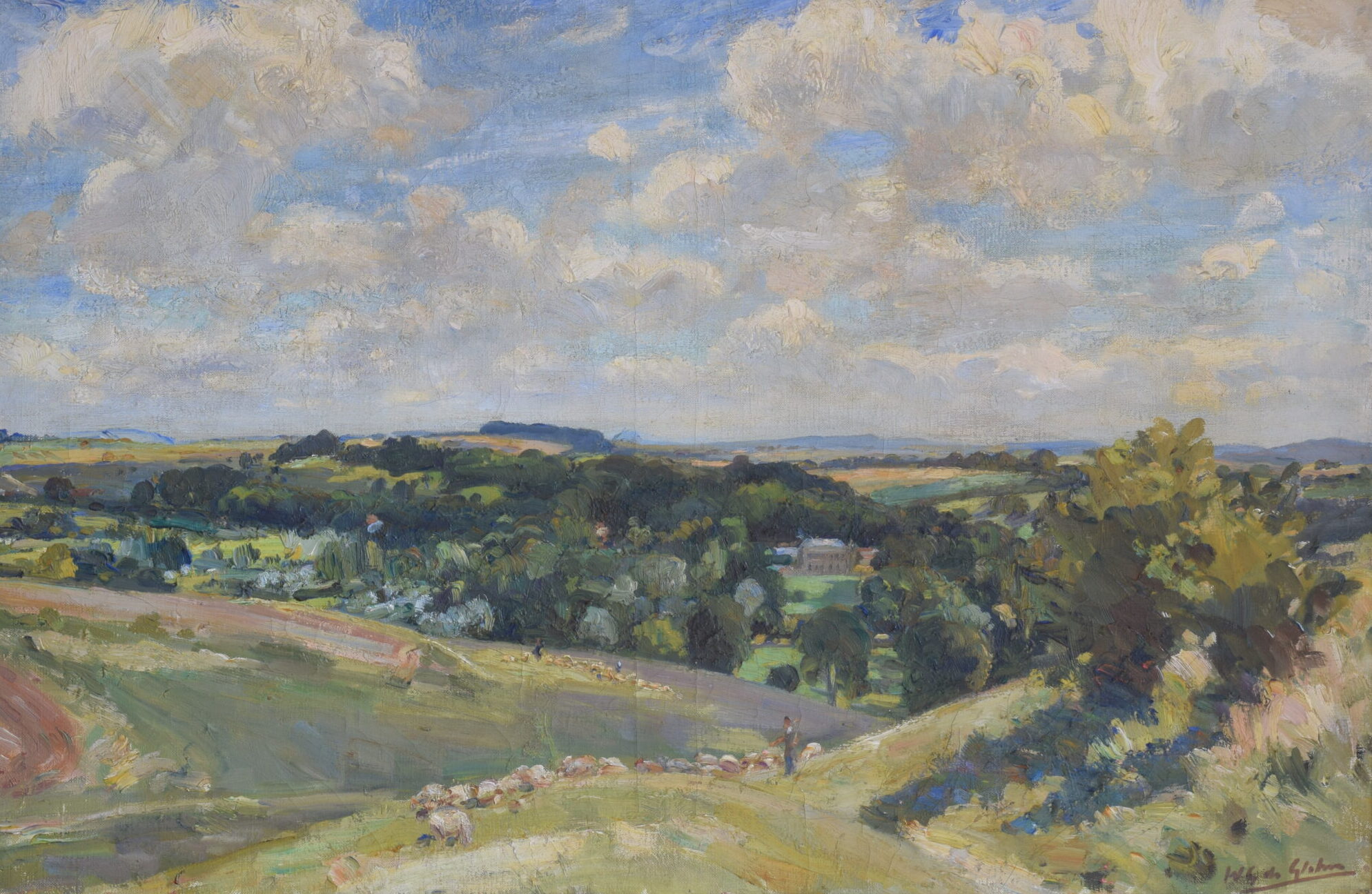Shrewton Beaker Burial
The Shrewton beaker burial is a typical Late Neolithic burial with its beaker pot and copper dagger. It was found during the excavation of twelve plough-damaged round barrows on Net Down, Shrewton, about three miles northwest of Stonehenge. These formed a cemetery along a chalk ridge which extends to the Stonehenge Greater Cursus linking with other major barrow cemeteries in the area.
This male burial was the earliest and best preserved within the cemetery. It was found within a bowl barrow at the bottom of a pit 2.25m deep into the chalk. The skeleton was surrounded by a kerb of chalk blocks, and covered by a low mound heaped over the body.
About 300 years later another crouched burial of a young man with a beaker pot was inserted into the barrow, followed by another two burials (a young woman and a young girl). After a further 600 years three middle Bronze Age cremations and then a skeleton of possible Anglo-Saxon date were added.
This demonstrates that early barrows were reused as burial grounds. It shows how later generations connected with their ancestors.


